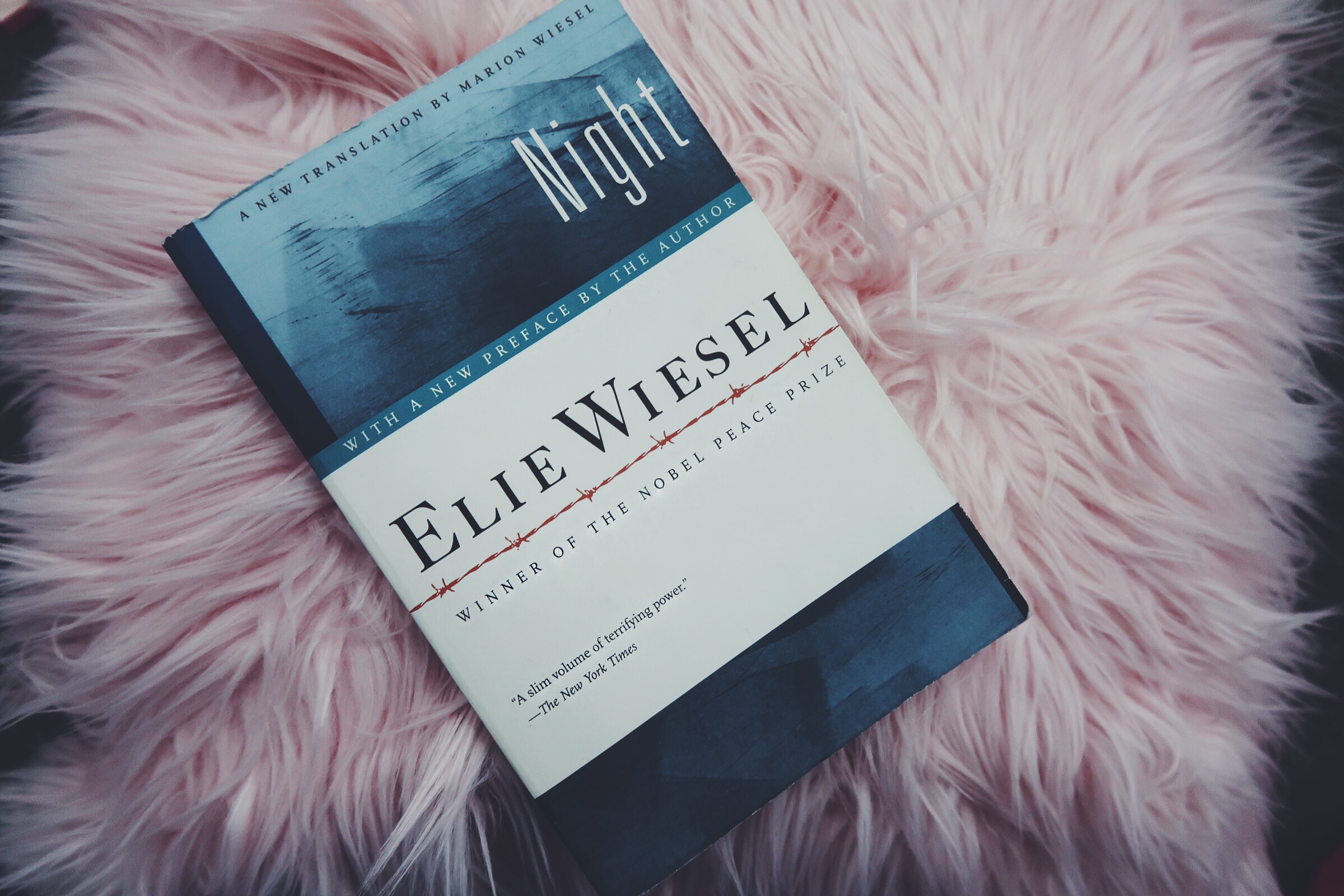For the “How to Read Like a Professor” PDF file, click the download button below. If you would like to also read our short analysis of the book (as an introduction for you), continue reading.
For whom it may concern, this book is not one to despise, in its category. It is well rated and has proven to be helpful. It is used widely, and is, according to Wikipedia, commonly used throughout advanced English courses in the United States.
So let us talk briefly about this Thomas C. Foster’s book. I’m confident that you must have been having a number of things going on in your mind about what the book may actually have to offer. But certainly I know you must be thinking of it to be very much inline with its heading.
Well, if that’s the case, you must have thought rightly, except that some books are the exact opposite of their titles; say— Buchi Emecheta’s The Joys of Motherhood, for instance. That’s by the way, as it doesn’t directly apply to Thomas’s book, but here is what to note.
How to Read Like a Professor by Thomas C. Foster, first published in 2003, is the book you need to get if you ever wish to read more about reading. It is a guide for all readers hoping to take their reading skills to another level entirely.
For many reasons, this is the book for you. First, Thomas Foster has been a Professor of English at the University of Michigan for over twenty years, so he is in the position to tell us how professors read.
Second, Thomas has reportedly taught learners how to read literature for more than twenty-five years.
These, among others, give the said book the expertise to make it one that can help readers enrich their reading experiences.
Now, let’s say some things about the book.
In the book, Thomas Foster teaches us enough to make our reading experience better, while also being fun, and more enjoyable. Thomas suggests to readers the interpretations of concepts, symbols and commonly found themes in literature. He made it known that there is usually more to the surface meaning most readers understand from texts.
Read Also: What is Mood in Reading?
How Authors May Hide Their Messages
We may not be able to retell the ideas in Thomas’s book exactly as he’s done, but the following tips for getting the hidden messages of texts will also help you.

- Symbols. It is important to pay attention to every symbol portrayed in the books we read. Red may not just be a color, if it comes at the beginning of a book, and a blood, I suppose you know what it means.
The scar on Harry Potter’s forehead is not just a scar, and so also does the rat coming in the opening of Richard Wright‘s Native Son. With regards to Native Son, the rat symbolizes fear, which is a core theme of the book.
We just don’t usually pay rapt attention, symbols are always there to tell us more about every plot.
- Memory. You should be able to relate with this a little better. It talks about comparing your new discovery (in a book) with your previous knowledge. If the part of a book you’ve read appears very much like something you’ve read or been told before, there is a need for you to do some comparison. Good readers don’t hesitate to do this comparison and see what’ll be different in concepts.
- Patterns. To break this down: we must also pay attention to how the plot of every book is arranged. This starts from what the central character is portrayed to be, her course of action, and how she’d have to scale through some of her challenges, to how an unforeseen revelation will be reached.
Pattern makes us understand that there is one common structure of prose: there is always a main character(s), there is something this character wants to achieve, and there’ll be obstacles making those achievements difficult to attain, and a revealed helpful fact hidden from the character all along.
To resonate properly with the hidden messages of a work, good readers pay due attention to these items.
In a nutshell, we deduced from the book that readers should be more mentally active and involved in the process whenever they read. They should ask themselves questions to which they should also practically give answers as they read. Such questions as what the central message behind an event (of a book) is, will do to make you think critically and make more meaning out of what you’ve read.
Doing this, can also help make the picture of a story indelible in your mind.
Just as it has branded itself, I think How to Read Like a Professor is indeed “A lively and entertaining guide to reading between the lines”, if you ask me.
Share


